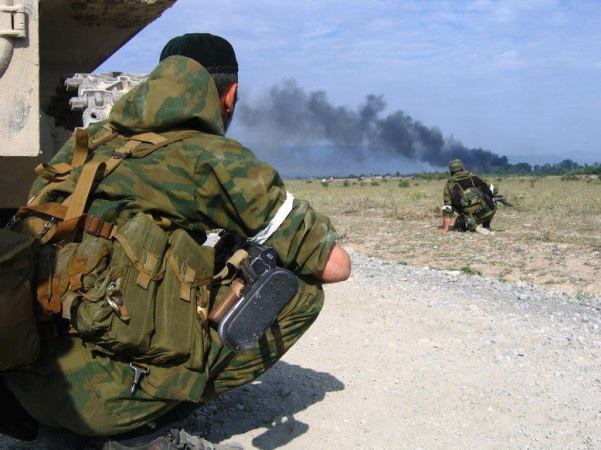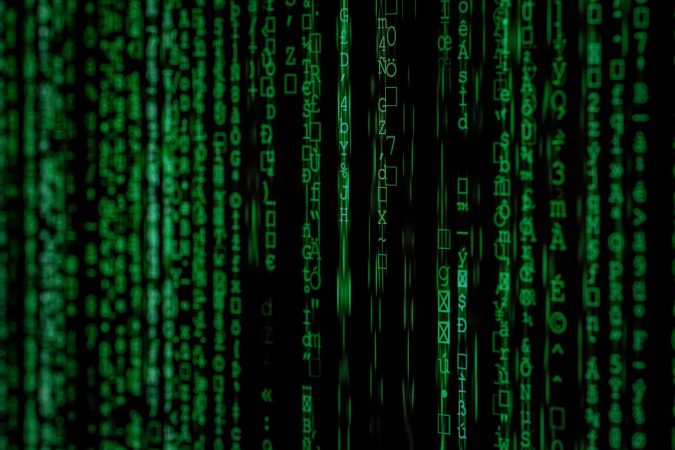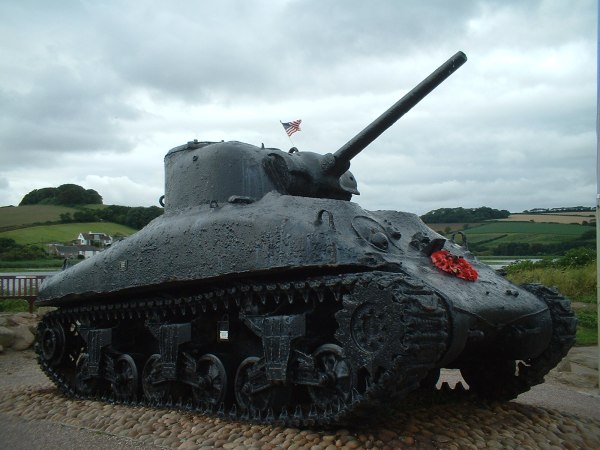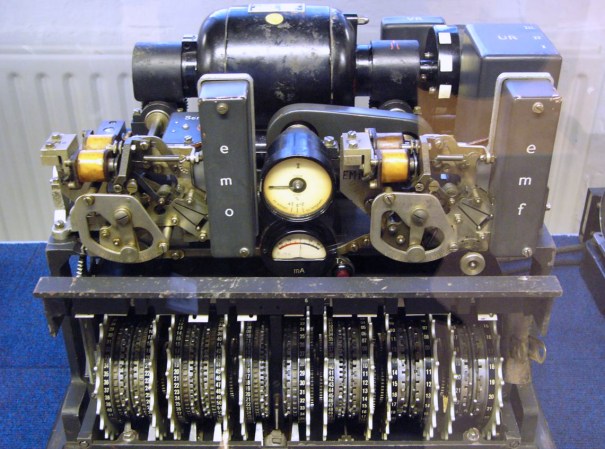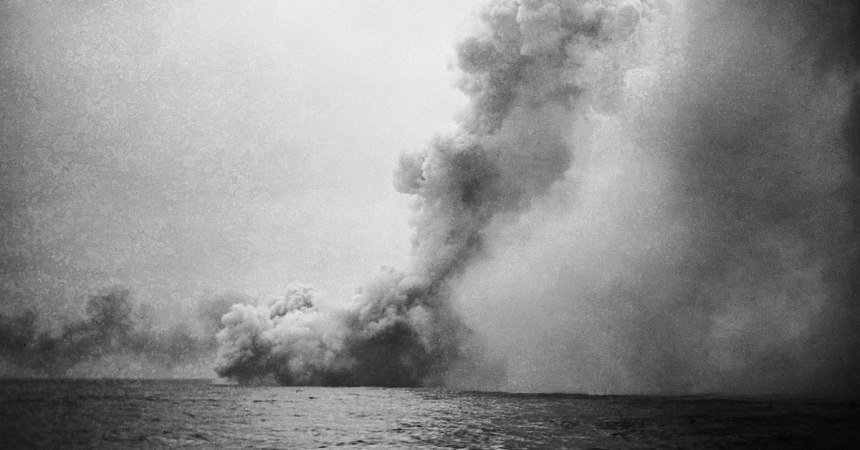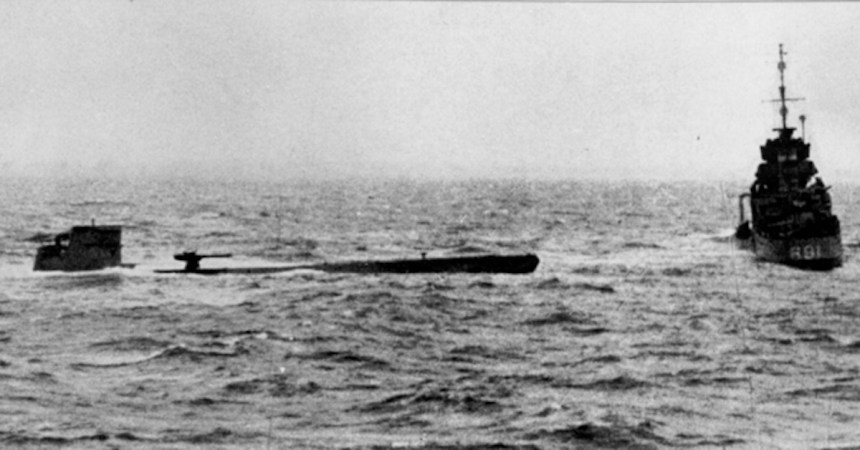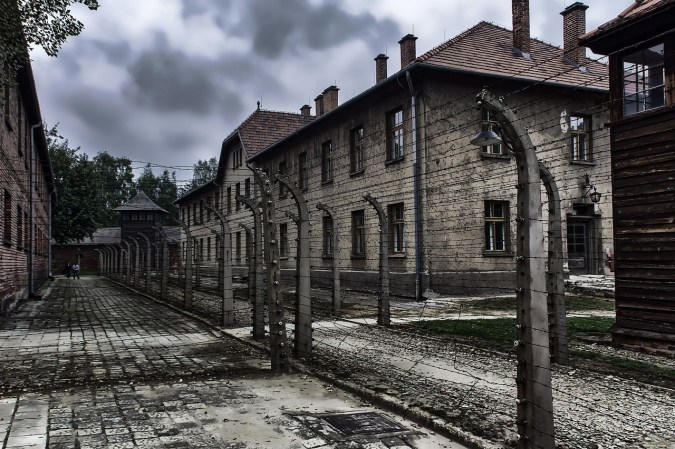The German Kriegsmarine was once one of the most feared military forces on Earth, particularly the U-boat fleet. While the German surface fleet was smaller and weaker than the navies of its opponents, the “wolf packs” patrolled beneath the waves, shattering Allied convoys and robbing Germany’s enemies of needed men and materiel.

A German sailor works on U-boat communications.
(Marz Dietrich)
But the U-boats didn’t do this on their own. One of the most successful code-breaking efforts in the war was that of the Beobachtung Dienst, the Observation Service, of German naval intelligence.
The German service focused its efforts on decoding the signals used by the major Allied navies — Great Britain, the U.S., and the Soviet Union — as well as traffic analysis and radio direction finding. With these three efforts combined, they could often read Allied communications. When they couldn’t, the traffic analysis and radio direction finding made them great guessers at where convoys would be.
B-Dienst peaked in World War II at 5,000 personnel focused on cracking the increasingly complex codes made possible by mechanical computers. The head of the English-language section, the one focused on the U.S. and U.K., was Wilhelm Tranow, a former radioman who earned a reputation in World War I for figuring out British codes and passing them up the chain.

German U-boats could get actionable intel from their intelligence services just a few hours after the signals were intercepted.
(DeGolyer Library, Southern Methodist University)
A lean but effective infrastructure grew around Tranow and his team. At their best, the team was able to intercept communications between Allied elements and pass actionable intelligence to U-boat captains within a few hours. Their efforts allowed Germany to read up to 80 percent of British communications that were intercepted. For most of the war, they were reading at least a third of all intercepted communications.
Allied merchant marine and navy personnel were rightly afraid of U-boat attacks, but they seem to have underestimated how large a role the B-Dienst and other German intelligence services played. This led them to make errors that made the already-capable B-Dienst even more effective.
First, Allied communications contained more data than was strictly necessary. The chatter between ships as they headed out could often give German interceptors the number of ships in a convoy, its assembly point, its anticipated speed and heading, where it would meet up with stragglers, and how many escorts it had.

A destroyer, the USS Fiske, sinks after being struck by a German U-boat torpedo.
(U.S. Navy)
This allowed B-Dienst to identify the most vulnerable convoys and guess where and when the convoy would move into wolf-pack territory.
Nearly as damaging, the British would sometimes send out the same communications using different codes. When the British were using some codes the Germans didn’t know, these repeated messages end up becoming a Rosetta Stone-like windfall for the intercepting Nazis. They could identify the patterns in the two codes and use breakthroughs in one to translate the other, then use the translations to break that code entirely.
When the Allies weren’t repeating entire messages, they were sending messages created with templates. These templates, which repeated the same header and closer on each transmission, gave the Germans a consistent starting point. From there, they could suss out how the code worked.
All of this was compounded by a tendency of the British in particular and the Allied forces in general to be slow in changing codes.
So, it took the British months after they learned that the Germans had broken the Naval Code and Naval Cypher to change their codes. The change was made in August 1940 and was applied to communications between the U.S. and Royal navies in June 1941.
But with the other missteps allowing the B-Dienst to get glimmers of how the code worked, the code was basically useless by the end of 1942.

German U-boats in World War I had to hunt for their targets. Their World War II counterparts still hunted, but frequently benefited from their great intelligence services.
(Painting by William Stower, The Sinking of the Linda Blanche)
This had real and devastating effects for Allied naval forces who were attempting to pass through U-boat territory as secretly as possible. 875 Allied ships were lost in 1941 and 1,664 sank in 1942, nearly choking the British Isles below survivable levels.
But, despite the B-Dienst success, the Battle of the Atlantic started to shift in favor of the Allies in 1942, mostly thanks to increases in naval forces and advanced technology like radar and sonar becoming more prevalent. Destroyers were more widely deployed and could more quickly pinpoint and attack the U-boats.
New anti-submarine planes, weapons like the “Hedgehog,” and better tactics led to the “Black May” of 1943 when the Allies sank approximately one quarter of all U-boats. The German ships were largely withdrawn from the Atlantic, and convoys could finally move with some degree of security.














